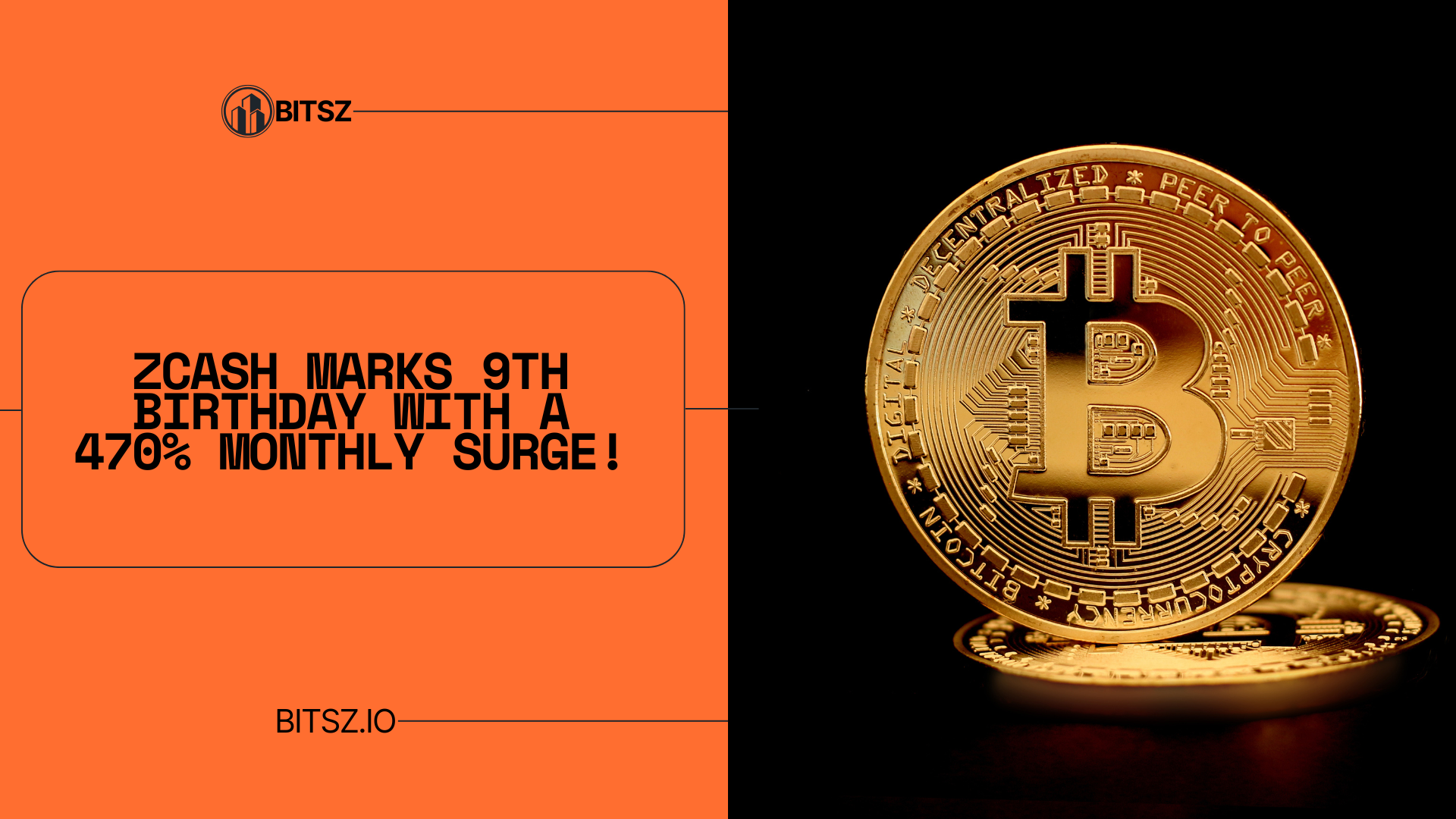
Zcash just threw itself one of the loudest birthday parties in crypto. On Oct. 28, 2025—nine years after launch—the privacy coin’s price sat near the mid-$300s after a month-long sprint of roughly +470%, according to Forklog’s market recap. That rally, which coincided with Zcash’s anniversary, has split analysts: some see a narrative-fueled blow-off, others the start of a longer trend.
A birthday with real market bite
Zcash’s genesis block landed on Oct. 28, 2016. Fast-forward to today, and the project’s ninth birthday arrived with a price chart that looks more like a heart monitor than an asset. The timing isn’t just sentimental—ZEC has been leading a broader “privacy coin rotation” through October.
In early October, ZEC stole headlines by breaking above $230 for the first time since 2022, a move Forklog linked to new investor attention and to a wave lifting other privacy names like Dash and Railgun. A week later, CoinDesk noted privacy tokens were “ripping higher” as the market rotated into 2018-style narratives—ZEC again at the front of the pack.
What’s actually driving the ZEC price surge?
Three overlapping forces show up across reports and market data:
1) Narrative + visibility.
October delivered a perfect meme-meets-macro setup: a long-dormant “OG” privacy coin suddenly everywhere on crypto Twitter/X, paired with persistent debates about surveillance and data control. That cocktail made ZEC look “fresh” again, even to traders who don’t usually watch privacy assets. CoinDesk’s markets desk called out the shift explicitly; Forklog’s birthday piece captures how quickly the narrative went viral.
2) Momentum and technicals.
As ZEC ran, momentum piled on. Cointelegraph’s analysis mid-month flagged a ~520% monthly gain and warned ZEC had become “record overbought,” outlining levels bulls needed to defend for another leg higher. The same week, CoinDesk tallied a ~461% 30-day surge, underscoring how extreme the move had become.
3) Catalysts and sector spillover.
Forklog’s earlier coverage tied October’s first leg to renewed investor access (e.g., product launches and trust vehicles) and a generalized bounce in privacy assets. Once ZEC broke multiyear levels, liquidity and attention followed.
How big was the move, really?
By mid-October, ZEC had already cleared multi-year resistance, and subsequent sessions pushed it toward the $300–$360 zone, depending on the venue. CoinDesk’s rolling updates through Oct. 20–22 repeatedly cited ZEC as a top gainer on the day—an outlier even as majors went sideways. The result: Zcash entered birthday week up hundreds of percent month-over-month, a pace hardly seen since its early years.
The debate: distribution phase—or a real regime change?
Forklog’s anniversary story highlights two opposing reads:
- The distribution camp argues the rally looks like a textbook narrative pump: attention spikes, late longs chase, early buyers sell into strength. Social virality plus thin order books equals air pockets when the music stops.
- The trend-change camp points to structural interest in privacy, on-chain metrics that reduce readily sellable supply (shielded pools, lower visible float), and a re-rating if ZEC reclaims a place in the “must-own” coin set. CoinDesk has chronicled the rotation into privacy tokens throughout October, supporting the idea that this is bigger than one coin.
Reality may be somewhere in between: a real sector bid plus classic momentum feedback loops.
Volatility warning label still attached
Even bulls conceding ZEC became stretched. Cointelegraph warned that the parabolic run left ZEC at overbought extremes and outlined $245–$250 as a zone to hold for continuation. Separate market notes this week observed pullbacks intraday and suggested whales were trimming into strength—normal in such vertical moves but a reminder that reversals can be swift. Traders eyeing ZEC after a month like this should expect higher-than-usual slippage and liquidation risk.
Why the privacy coin theme caught fire
The macro story is familiar: concerns over surveillance tech, content monitoring proposals, and broader data-privacy debates have bubbled all year. When crypto markets rotate, themes tied to self-custody and privacy often benefit first. October fit that pattern neatly, with CoinDesk tracking how money rotated from majors to narratives and then within narratives toward tokens offering private transactions or tooling. Zcash—long a flagship for zero-knowledge privacy—naturally drew the spotlight.
What this means for ZEC and for traders
For Zcash holders, the ninth birthday brought validation that narrative + liquidity can still light up a so-called “dinosaur coin.” For traders, it’s a case study in how catalysts + visibility + market structure combine:
- Break a multi-year level → pull in momentum systems.
- Sector peers (Dash, Railgun) start moving → more eyeballs, more liquidity.
- Overbought signals flash → edges get thinner, and late longs can exit liquidity.
As a result, even if the SHIB-style hype cycle isn’t the ZEC brand, the price action this month rhymed with meme-era mechanics—just wrapped in a privacy narrative.
Conclusion
Zcash marked its ninth anniversary with the kind of rally that turns heads: ~470% in a month, a reclaim of multi-year levels, and a starring role in October’s privacy-coin rotation. Whether this is a distribution top or the opening chapter of a bigger trend hinges on two things in November: can ZEC hold above key supports flagged by technicians, and does the privacy theme keep attracting real flows rather than fast money alone? For now, the market has given a clear birthday message: privacy is back in the conversation—and ZEC is the headline act.